
Is a cocker spaniel easy to train?
Is a cocker spaniel easy to train? It’s a question many new dog owners ask when considering this floppy-eared, tail-wagging breed.
Pugs are charming little clowns with a knack for melting hearts, but their stubborn streak can make training feel like herding cats. These compact companions thrive on human connection, but their independent nature means consistency is key—especially when building good habits early. Whether you’re bringing home a wriggly puppy or adopting an adult, understanding their unique quirks lays the groundwork for success.
Forget scolding or harsh corrections—pugs shut down when stressed, making positive reinforcement non-negotiable. Science backs this: rewarding good behavior (think tiny treats or enthusiastic praise) strengthens the bond between you and encourages repetition. Try this: when your pug sits on cue, offer a pea-sized piece of chicken immediately—their food-driven brains will link the action to a win. Skip the yelling; a firm “no” followed by redirecting to a toy works better for their sensitive souls.
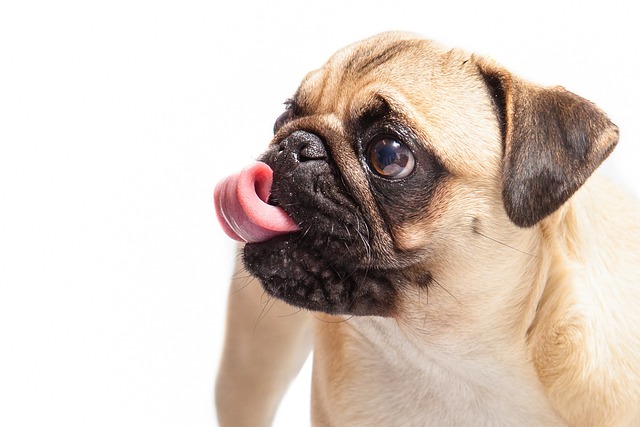 Socialization is non-negotiable, and the 8–16 week window is golden. Start small: carry your puppy to a quiet park to meet a neighbor’s calm dog, or let them sniff a friendly toddler (with permission, of course). Gradually introduce new sounds—like a lawnmower or a bustling café. In many states, up-to-date vaccines (rabies is mandatory in most) are required before public outings, so check your local vet for records to stay compliant.
Socialization is non-negotiable, and the 8–16 week window is golden. Start small: carry your puppy to a quiet park to meet a neighbor’s calm dog, or let them sniff a friendly toddler (with permission, of course). Gradually introduce new sounds—like a lawnmower or a bustling café. In many states, up-to-date vaccines (rabies is mandatory in most) are required before public outings, so check your local vet for records to stay compliant.
House training demands patience, thanks to their tiny bladders. Stick to a schedule: feed at 7 AM, 12 PM, and 6 PM, then head outside 15 minutes later—rain or shine. Pick a consistent spot in your yard or near a community trash can (always bag waste; fines for littering apply in most cities). Accidents happen? Clean with an enzymatic spray to erase smells—pugs are creatures of habit and will revisit marked spots.
Basic commands like “come” or “stay” keep them safe, especially in busy areas. Practice in short bursts (5 minutes max—they tire quickly) in your living room first, then move to the sidewalk. Use a lightweight harness (collars strain their necks) and reward eye contact—pugs love feeling like they’re part of the action.
Apartment dwellers, note their tendency to bark at strangers. Teach “quiet” by waiting for a pause, then rewarding with a treat. And remember: pugs overheat easily, so avoid midday training sessions in summer. A shaded porch or indoor playtime works better.
Training a pug is less about perfection, more about partnership. With kindness, routine, and plenty of belly rubs, you’ll turn those stubborn streaks into endearing quirks.

Is a cocker spaniel easy to train? It’s a question many new dog owners ask when considering this floppy-eared, tail-wagging breed.
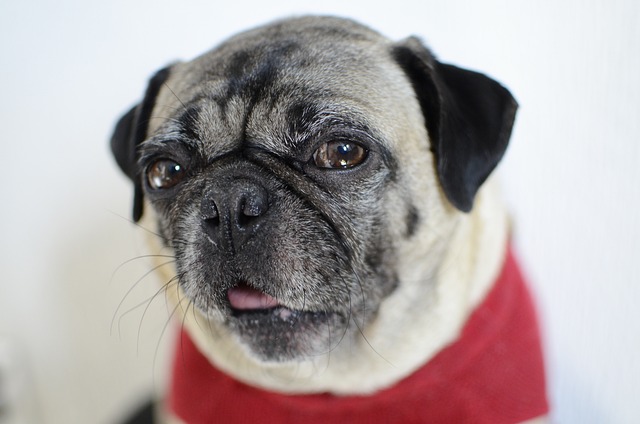
How do you discipline a Pug? Let’s start by understanding their nature—these squishy-faced charmers are smart but stubborn, with a penchant for pleasing when motivated.
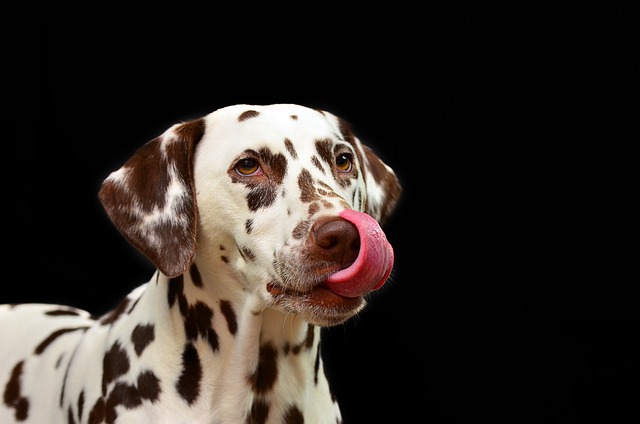
Retraining an older dog might feel like asking for the moon, but trust me, it’s more achievable than you think. Just like humans, our furry friends may slow down with age, but they still have the capacity to learn and adapt.
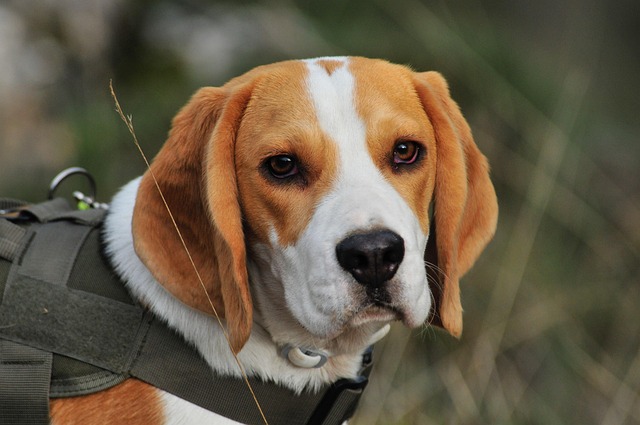
Picture this: you’re holding a wiggly, 10-week-old Golden Retriever puppy at the end of a leash, and suddenly, they plant their tiny paws and refuse to budge – or worse, zoom off like a furry torpedo.
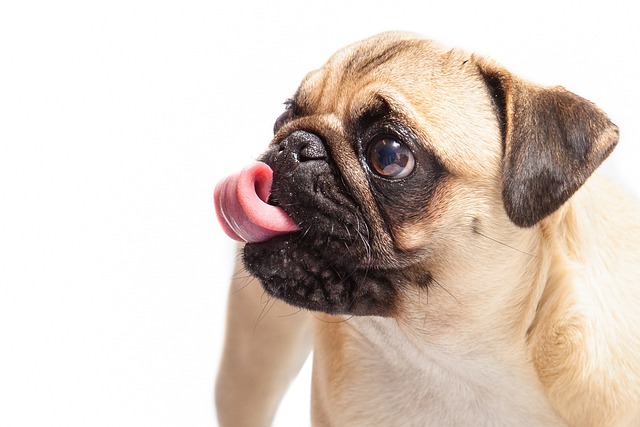
Pugs are charming little clowns with a knack for melting hearts, but their stubborn streak can make training feel like herding cats.
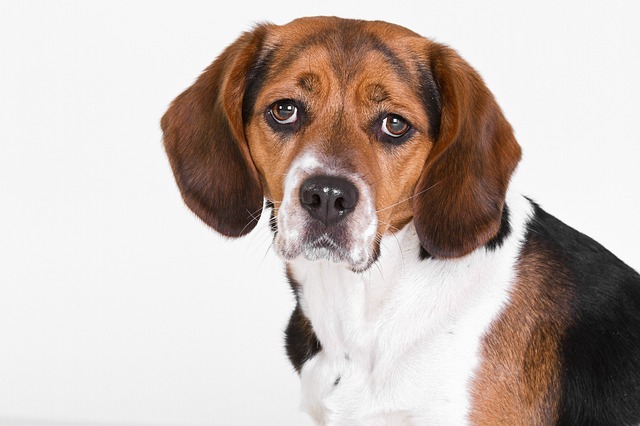
So you've adopted an adult dog who pulls like a sled husky the moment you clip on the leash? Don't sweat it – teaching an older dog polite leash manners is absolutely doable